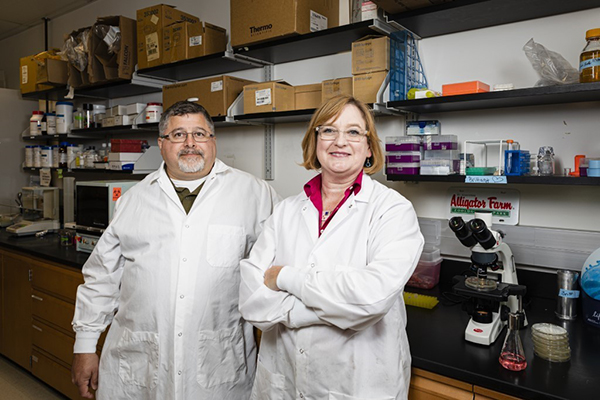JMM Editor’s Choice: using Komodo dragon DNA to create antibiotics
Posted on December 11, 2020 by Microbiology Society
This month Dr Marcello Riggio discusses “Komodo-dragon cathelicidin-inspired peptides are antibacterial against carbapenem-resistant Klebsiella pneumoniae” which was chosen as Editor’s Choice for the November issue of the Journal of Medical Microbiology.
This is an exciting research study whose outcome has the potential to treat infections caused by carbapenem-resistant strains of Enterobacteriaceae. These rising and sometimes fatal infections are of growing concern, particularly those caused by carbapenem-resistant Klebsiella pneumoniae (CRKP), which is resistant to most known antibiotics, thus making treatment very difficult. Investigation of the anti-CRKP activity of several novel synthetic antimicrobial peptides, as well as two native cathelicidins (cationic antimicrobial peptides) from Komodo dragon, demonstrated that three synthetic antimicrobial peptides (DRGN-6, DRGN-7 and DRGN-8) exhibited significant anti-CRKP activity. Of these, DRGN-6 was the most effective and is, therefore, a promising candidate in the development of antimicrobial peptide-based therapeutics for treating CRKP.
Komodo-dragon cathelicidin-inspired peptides are antibacterial against carbapenem-resistant Klebsiella pneumoniae
New drugs are critically needed to treat multidrug-resistant infections. Monique van Hoek and Barney Bishop from George Mason University have looked to Komodo dragons for inspiration. Komodo Dragons scavenge for food and are exposed to multiple pathogens, but they have been evolutionarily successful for millions of years. They hypothesized that Komodo dragons have very robust immune systems, including strong antimicrobial peptides. Using natural Komodo dragon peptides as a starting point, the researchers created a synthetic peptide, called DRGN-6, which has strong antimicrobial activity against Carbapenem-resistant Klebsiella pneumoniae. They and their student determined that DRGN-6 forms holes in bacterial membranes, ultimately resulting in their death. DRGN-6 and related peptides represent potential new scaffolds for developing treatments against highly drug-resistant bacterial infections.


